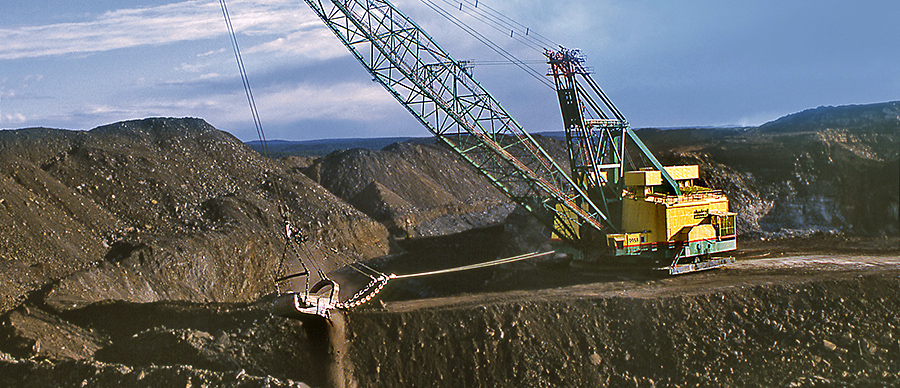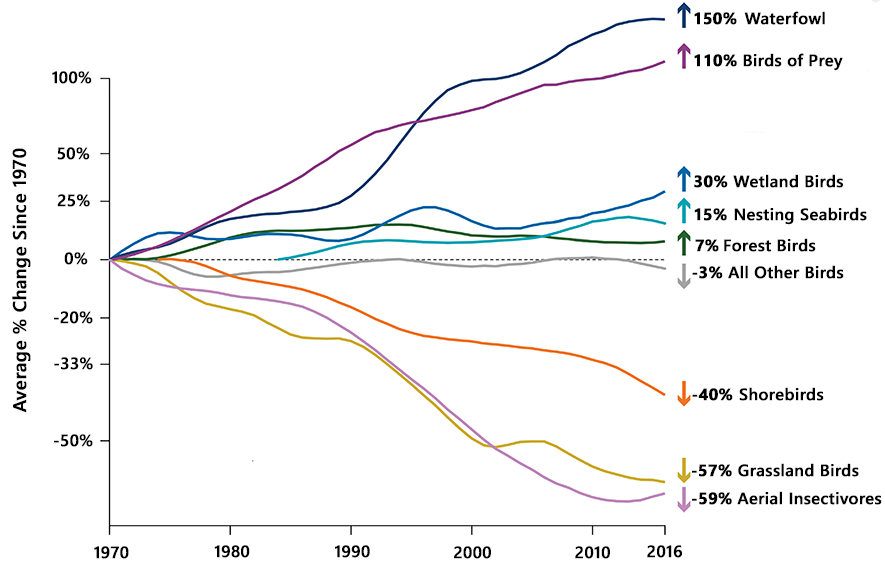Threats to Biodiversity

Patterns of Decline
In this chapter, we will examine the major threats to biodiversity, setting the stage for our discussion of specific conservation actions in the chapters that follow. We will begin by examining current patterns of decline and then turn to the causes, which vary by region. Climate change, which is expected to profoundly alter species and ecosystem distributions in coming decades, will be discussed separately in Chapter 9.
In conservation, a threat is a process that has the potential to harm biodiversity—which is understood to mean a change from its natural state. For now, we will use the preindustrial landscape as our reference point, allowing us to identify threats and the level of risk they pose. In Chapters 6 and 7 we will discuss the meaning of the natural state in greater detail, in the context of setting conservation objectives. In Chapter 9, we will consider the meaning of the natural state under a changing climate.
Globally, species have undergone massive declines over the past 100 years. It is not only endangered species that are of concern—these are just the tip of the iceberg. A much wider group of species have undergone range contractions and experienced declines in abundance, including many whose status is listed as secure. Vertebrate species have been most studied, and of these, 32% have experienced significant range contractions (Ceballos et al. 2017). Conservation scientists have begun to refer to the current episode of biological loss as earth’s sixth mass extinction event (McCallum 2015).
The most comprehensive national-scale assessment of species in Canada is compiled by the Canadian Endangered Species Conservation Council. This multi-governmental body provides an updated report on the general status of Canadian wild species every five years (CESCC 2022). General status assessments integrate the best available information on population trends, distribution, and threats to create a snapshot of each species’ status in Canada. Coverage is greatest for vertebrates and vascular plants, which have almost all been assessed. Excluding extirpated and alien (non-native) species, 78% of vertebrates and 74% of vascular plants are currently considered secure (Table 5.1). To be clear, secure means a species has a low risk of extirpation, not that its abundance and range are within natural bounds.
Table 5.1. General status of wild species in Canada in 2020.1
| Group | Secure | Vulnerable | Imperiled | Critical | Extirpated | Alien | Unranked2 |
| Fish | 585 | 51 | 28 | 11 | 4 | 16 | 700 |
| Amphibians | 28 | 10 | 5 | 3 | 1 | 0 | 0 |
| Reptiles | 11 | 16 | 9 | 4 | 4 | 2 | 3 |
| Birds | 339 | 52 | 22 | 23 | 5 | 11 | 244 |
| Mammals | 133 | 33 | 11 | 11 | 2 | 11 | 22 |
| Plants3 | 2,841 | 418 | 293 | 254 | 51 | 1,372 | 95 |
1Source: CESCC 2022.
2Species that occur as infrequent migrants to Canada or for which information is lacking.
3Vascular plants, including flowering plants, cone‐bearing trees, ferns, and horsetails.
Other taxonomic groups exhibit broadly similar patterns, but assessments are patchy. Lichens, mosses, and insects have received the most attention; however, coverage is still low. Most of the remaining taxonomic groups have received minimal attention. The general status report also lacks information on subspecies status for all groups.
The general assessment report also provides insight into species richness patterns across Canada (CESCC 2022). Species richness is highest in the south, especially southern Ontario, and declines as one moves northward. Richness patterns are also closely tied to landscape diversity. Regions with a high diversity of landforms and climates—particularly BC—have higher levels of biological diversity.
General status assessments only began in 2000, so we must look to other monitoring programs for information on longer-term biodiversity trends. Only a few such programs are available at the national scale. The most extensive is the Breeding Bird Survey, which is a volunteer-based initiative that has been providing national-scale data on the status of birds since the 1970s. Birds are easier to study at broad scales than most other groups, and 76% of species are sufficiently monitored to determine long-term trends (NABCI 2019). A limitation is that coverage for nocturnal birds, wetland specialists, and secretive and rare birds is generally poor. Geographic coverage has improved over time but remains incomplete in northern areas due to limited road access and a paucity of observers. Finally, relating population trends to specific threats is complicated by the migratory behaviour of most birds.
From Breeding Bird Survey data, we can see that population trends have varied widely among bird groups (Fig. 5.1). Aerial insectivores have fared the worst, declining by 59% on average (with many individual species showing even greater declines). Grassland birds have experienced a similar rate of decline. In contrast, waterfowl, raptors, and colonial seabirds have been increasing. Birds of the boreal forest have been stable overall, though some individual species, like the Canada warbler, have undergone major declines.

In the limited number of other taxa for which trend data are available, the regional patterns are generally consistent with what has been observed for birds (CESCC 2022). Variability among species appears to be a common feature in many taxa, with some species increasing, some decreasing, and others remaining relatively stable over time. Put another way, some species are highly sensitive to human impacts and others are more adaptable. From a management perspective, it is the declining group that is of primary concern to conservation practitioners.
As for ecosystem status, the best information available at the national scale is a series of maps produced by Global Forest Watch Canada, a now-defunct ENGO. These maps show the distribution of remaining intact landscapes in Canada as well as the distribution of various types of industrial activity (see Chapter 2). The federal government also conducts national-scale environmental monitoring, but its programs are motivated mainly by human health and socio-economic concerns. The emphasis is on attributes such as water pollutants, acid rain, pesticide use, greenhouse gas emissions, and forest restocking rates (SC 2011). These attributes are important, but measuring them provides little insight into the status of biodiversity at the ecosystem level.
Additional assessments of ecosystem status are provided by monitoring and research at the regional scale. For the most part, this information is collected to assess the impacts of specific land-use practices.

